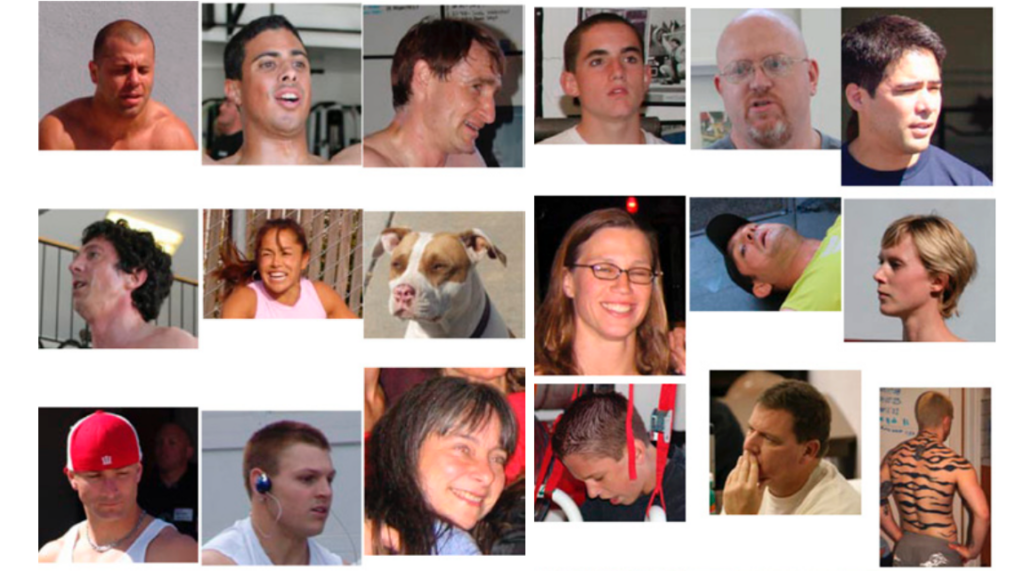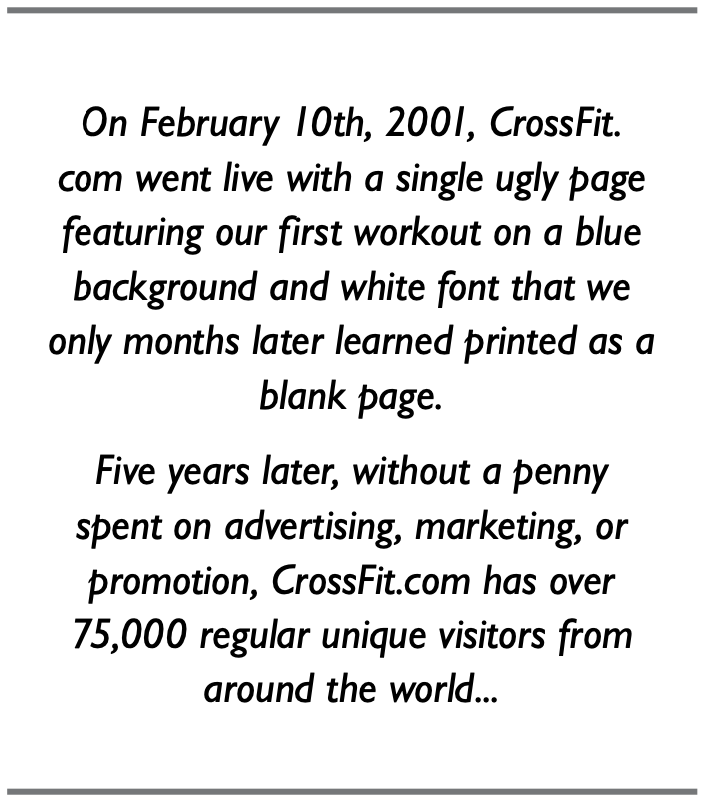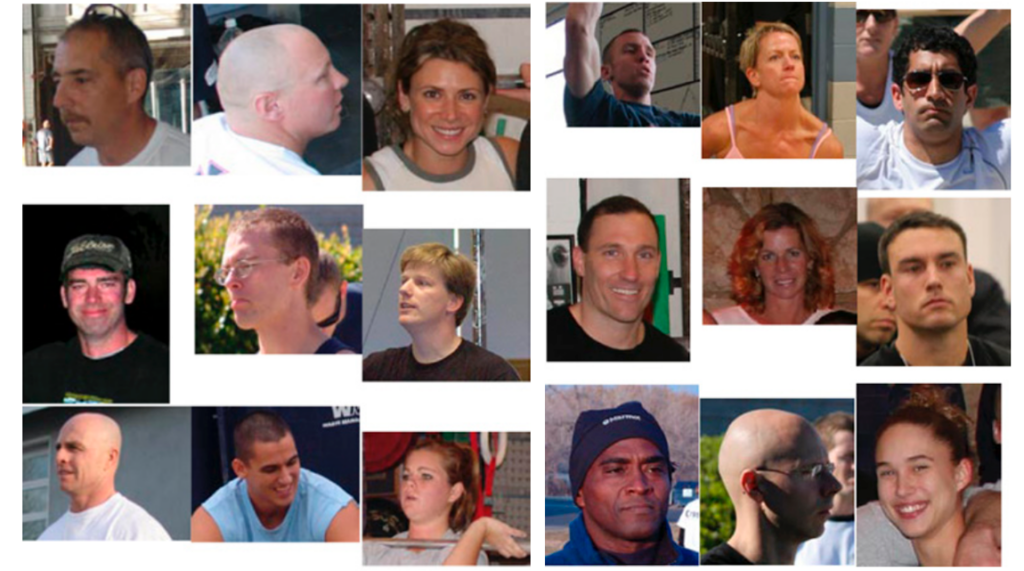On November 15th, 1999, astronomers sent a powerful radio transmission toward a star cluster 25,000 light-years away in hopes of someday communicating with extraterrestrial intelligence. If lucky, a response could come back in 50,000 years.
On February 10th, 2001, Lauren and I first published our simple, distinctive workouts on the Internet in hopes of someday communicating with intelligent life in the fitness world. The experiment has proven to be a stunning success, with a comparatively rapid return, and it gave birth to a community that is revolutionizing fitness and training.
This month we want to share our thoughts on the growth and development of CrossFit and share our dreams and commitments as stewards and servants of the CrossFit community.

History
The CrossFit.com website was not our idea. In fact, the domain name was registered and held in trust by a friend and client, Mike Bender, ten-time winner of the Toughest Cop Alive competition, who waited patiently for us to come to understand the potential of the Internet and the need for a website.
It was Ben Elizer, another CrossFit client and Silicon Valley software developer, who in the later part of 1999 first proposed a CrossFit website. Ben’s software firm KnowWare, now defunct, had done technical work for many of the better-known dot-com startups and had the connections, contacts, and experience needed to secure venture capital and take a startup public.
KnowWare put together a series of meetings with artists, programmers, developers, and investors to plan the launch of CrossFit.com. The proposed business model was to produce a high-tech feature-packed website with venture capital, go public, and then figure out how to make money from it. The line was “Get eyes, then monetize.”
The developers knew how to build a site, draw people to a site, and get investors, and we knew how to make monsters of men. None of us could quite figure out how we’d make money, and that was OK with all of us, but our perceptions of how to best draw people to a fitness concept ultimately diverged. The dot-com experts, the developers, believed that an expensive website and investor- funded giveaways would carry us to an IPO. They’d done it before. We thought that uniquely effective programming delivered daily via a “Workout of the Day” or “WOD” would do the trick.
When we explained that we thought our workouts were so effective that if we were to post one every day, someone would eventually find them, try them, have great results, and come back and tell friends, the dot-comers laughed heartily and condescendingly chortled, “Ahhhh, the old grassroots approach!” (They also loved the “ring” of “Workout of the Day.”)
We worked and planned, discussed and argued with our development/management team for months about the visions for CrossFit.com while working toward the first phase of funding.
Then, in the second week of March, 2000, the NASDAQ began a freefall heralding one of the greatest market collapses in U.S. history. The plans for CrossFit.com evaporated as quickly as the fortunes and dreams of so many investors.
Frankly, while sorry for our newfound friends’ financial ruin, we were quite relieved. For the rest of the year we got back on task with trying to get kicked out of one more commercial gym.
Relieved but still intrigued, we couldn’t put to rest the idea of sharing our fitness programming with the world. We were haunted by the notion that if our programming were indeed as effective as we thought it, the Internet might provide the opportunity to prove as much by allowing us to inexpensively and powerfully give the kernel or our work—our workouts—a global test and distribution.

Today
On February 10th, 2001, CrossFit.com went live with a single ugly page featuring our first workout on a blue background and white font that we only months later learned printed as a blank page.
Five years later, without a penny spent on advertising, marketing, or promotion, CrossFit.com has over 75,000 regular unique visitors from around the world, over 1 million visits so far this year, and over a terabyte of data delivered monthly.
In the last year alone CrossFit has appeared in the magazines Law and Order, Outside, Grappling, and Skiing. Last month Men’s Journal listed CrossFit at number 4 among the “50 Greatest Health and Fitness Websites” and is wrapping up a feature story about CrossFit for its February 2006 issue.
There are currently 49 CrossFit affiliates; last year at this time there were seven. Our “cyber community,” whatever that is, spawns sub-communities that sweat, laugh, and cry together—in the flesh. Formal and informal, temporary and enduring, planned and impromptu, these participant-driven gatherings of CrossFitters have the potential to revolutionize the fitness industry.
Our claim to being a peerless developer of fitness has gone unchallenged in 5 years of “put-up, challenge the standard, or shut- up” WOD postings, and has been tested thoroughly and impartially in police and military clinical trials in the U.S. and Canada.
CrossFit is growing like a weed. It’s that old grassroots approach.

Listening to you
The idea of fitness programming based on constant variance of functional exercises executed at high intensity came from us. All the following innovations came directly from our clients:
- Getting our own facility
- CrossFit Journal
- Seminars and certifications
- Website
- Registering the CrossFit.com domain name
- Videos and DVDs
- CrossFit store
- T-shirts
- Blog format for the website
- Affiliate program
- Message board
- Moderation of the message board
- CrossFit FAQ
- CrossFit Live
Everything that has followed the initial spark of the programming concept has been a direct response to the repeated demands, requests, and pleadings of people who do CrossFit. It is also CrossFitters who will continuously develop and refine the CrossFit model as we continue our commitment to making co-developers of the best coaches, trainers, athletes, and thinkers in fitness. We are an open-source fitness program.
As stewards of this community we are committed to providing improved infrastructure, tools, and services to support CrossFitters everywhere.

Infrastructure
Keeping the site up is paramount. Our cumulative downtime in five years of operation is less than several hours. CrossFit.com has survived floods, roof leaks, and power outages when hosted in our garage and company and equipment failures when hosted professionally. With unusual luck and the dedication of tireless friends, and while hop-scotching from one server to another (six moves so far), we’ve not missed a workout in five years. The other constant has been increased traffic on the site.
In April of 2003 we unveiled a redesign of CrossFit.com. The remodel featured a professional design, new message board, and weblog architecture powered by Moveable Type. Brian Mulvaney had been goading us toward the blog format for over a year. It was Brian’s persistence on the subject of blogging that led us to the view that websites with dynamic front-page content that formed community would thrive while others would be relegated to billboard status.
It was the blogging structure and spirit of the new site that excited the need for more and better media. Larger photos and more and better videos, have proven themselves to be powerful community building and fitness driving tools.

This article, by BSI’s co-founder, was originally published in The CrossFit Journal. While Greg Glassman no longer owns CrossFit Inc., his writings and ideas revolutionized the world of fitness, and are reproduced here.
Coach Glassman named his training methodology ‘CrossFit,’ which became a trademarked term owned by CrossFit Inc. In order to preserve his writings in their original form, references to ‘CrossFit’ remain in this article.
Greg Glassman founded CrossFit, a fitness revolution. Under Glassman’s leadership there were around 4 million CrossFitters, 300,000 CrossFit coaches and 15,000 physical locations, known as affiliates, where his prescribed methodology: constantly varied functional movements executed at high intensity, were practiced daily. CrossFit became known as the solution to the world’s greatest problem, chronic illness.
In 2002, he became the first person in exercise physiology to apply a scientific definition to the word fitness. As the son of an aerospace engineer, Glassman learned the principles of science at a young age. Through observations, experimentation, testing, and retesting, Glassman created a program that brought unprecedented results to his clients. He shared his methodology with the world through The CrossFit Journal and in-person seminars. Harvard Business School proclaimed that CrossFit was the world’s fastest growing business.
The business, which challenged conventional business models and financially upset the health and wellness industry, brought plenty of negative attention to Glassman and CrossFit. The company’s low carbohydrate nutrition prescription threatened the sugar industry and led to a series of lawsuits after a peer-reviewed journal falsified data claiming Glassman’s methodology caused injuries. A federal judge called it the biggest case of scientific misconduct and fraud she’d seen in all her years on the bench. After this experience Glassman developed a deep interest in the corruption of modern science for private interests. He launched CrossFit Health which mobilized 20,000 doctors who knew from their experiences with CrossFit that Glassman’s methodology prevented and cured chronic diseases. Glassman networked the doctors, exposed them to researchers in a variety of fields and encouraged them to work together and further support efforts to expose the problems in medicine and work together on preventative measures.
In 2020, Greg sold CrossFit and focused his attention on the broader issues in modern science. He’d learned from his experience in fitness that areas of study without definitions, without ways of measuring and replicating results are ripe for corruption and manipulation.
The Broken Science Initiative, aims to expose and equip anyone interested with the tools to protect themself from the ills of modern medicine and broken science at-large.
Support the Broken Science Initiative.
Subscribe today →
recent posts
Can we preserve muscle while eating less often?
Medical Society Webinar with David Wiss




